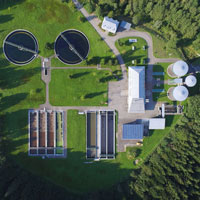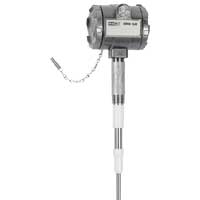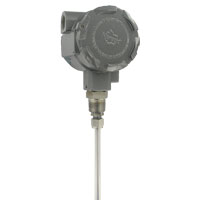 From dairy to petrochemicals, several applications require monitoring or control of liquids in tanks. Wastewater facilities are among the many industries requiring meticulous observation. The technology used for this measurement is dependent upon the type of tank and its contents.
From dairy to petrochemicals, several applications require monitoring or control of liquids in tanks. Wastewater facilities are among the many industries requiring meticulous observation. The technology used for this measurement is dependent upon the type of tank and its contents.
Capacitive level switches, for example, detect level and send a switch signal output when the capacitance value of the material changes. They are widely used in applications with special conditions, like strong corrosion or high pressure/temperature. Capacitive level sensors don’t have any moving parts, so minimal maintenance is required. This is important for applications like wastewater, where they will be used heavily and where maintenance may prove difficult. (How often do you really want to pull something out of a wastewater tank to repair it?)

Dwyer’s Series CLS2 capacitive level switch is made with PVDF and 316 SS wetted materials in order to assure great chemical compatibility. It also uses an active guard to prevent material buildup and false alarms. These models use a DPDT switch to send a signal to open a valve, start a pump, or take some other action to modify the level of the tank. Additionally, the CLS2 has an external red LED on weatherproof models, which allows for quick visual indication of switch status.

If the application requires a current output signal, the Series CRF2 capacitive level transmitter is an ideal solution. The output can go from 4 to 20 mA or from 20 to 4 mA depending on the desired measurement for full and empty conditions. The CRF2 utilizes state of the art sensing technology using impulse RF admittance measurement, which provides excellent accuracy and stability. It can also be ordered with either a rigid or flexible probe at any length to meet stringent application demands.
To learn more about Dwyer’s other solutions for level monitoring, please visit our website.
